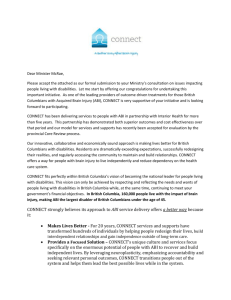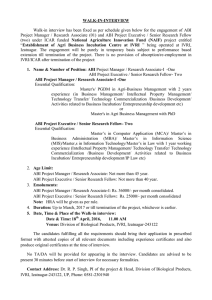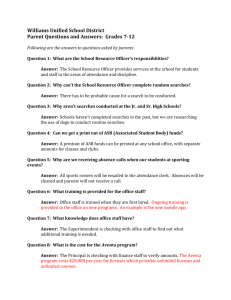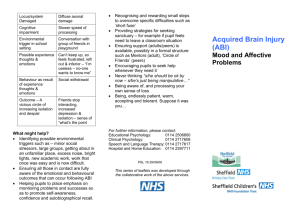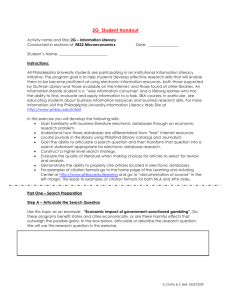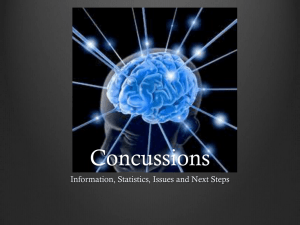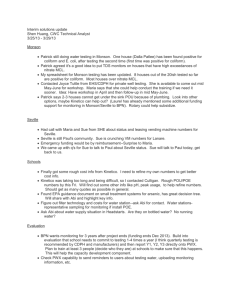Afreximbank1 Dr.Chalhoub
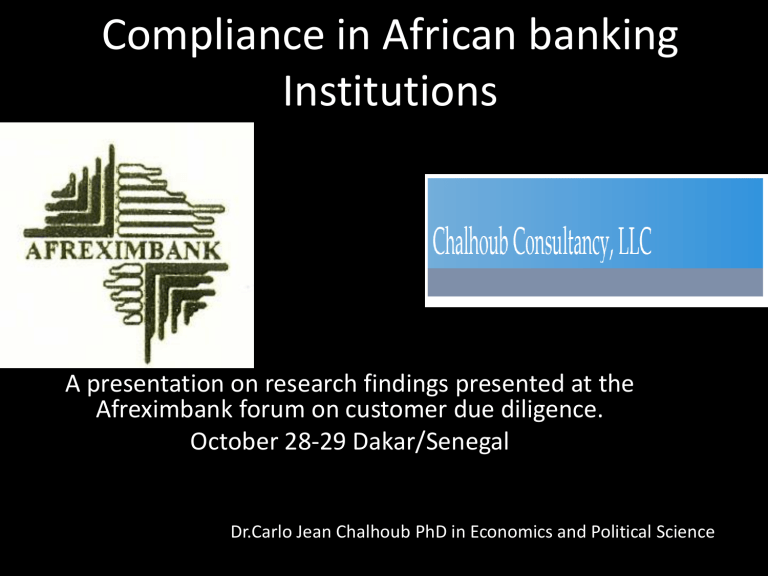
Compliance in African banking
Institutions
A presentation on research findings presented at the
Afreximbank forum on customer due diligence.
October 28-29 Dakar/Senegal
Dr.Carlo Jean Chalhoub PhD in Economics and Political Science
Acknowledgments
• Pr. Jean Louis Ekra
• Mrs.Maureen Mba
Outline
1. The problem statement
2. Research question
3. Research objectives
4. Research method and design
5. Population and sample
6. Data collection
7. Findings
8. recommendations
9. questions
Problem Statement
• Records fines and penalties in the financial sector for non compliance are forcing financial institutions to change the way they operate.
• Complying with the new wave of rules and regulations in the financial sector is a function faced by several challenges specially in a continent like Africa, that is relatively new to any type of financial regulations.
Research question
• What are the organizational barriers the compliance function (CF) in African banking institutions (ABIs) face in pursuing best practices in compliance risk management
(CRM), and what measures can be adopted to overcome these barriers?
Research objectives
• The organizational barriers that may impact identification of current and emergent compliance risks in ABI.
• The organizational barriers that may impact the measurement and assessment of compliance risks in ABI.
• The tools used by CF to manage and monitor compliance risk in ABI.
• How and to what extent the board of directors and senior management of ABI have been supportive of initiatives by
CF in CRM.
• How and to what extent costs of compliance, as well as costs of non-compliance are managed, and handled in ABI.
• Factors impacting the alignment of CRM by CF with best practices.
Research method and design
• The empirical research was conducted utilising both quantitative and qualitative methods. The use of secondary data in addition to semi-structured interviews were subsequently conducted through a case study of a subset of ABIs to develop an in-depth understanding of the underlying issues. A focused coding technique was used to analyse and sort the findings.
• The case study results provided the basis on which the organizational barriers that ABIs face in managing compliance risk was researched through a survey questionnaire.
• The final survey sample comprised of 200 survey respondents from the ABIs. The data was analysed using various statistical analysis techniques ranging from simple frequency distribution analysis to the more advanced analyses such as non-parametric statistical analysis and Multivariate Analysis Of Variance (MANOVA).
Population and sample
• The research was conducted in two stages: First stage involving comparative case studies of BI in
Ghana, Kenya and Zimbabwe that looked for patterns and commonalities in CRM and attitudes towards CRM held by 200 senior ABI management staff.
• Second, a case study of 137 ABI staff and 97 SABI staff. Multiple sources of evidence were used in this examination and participants were invited to give feedback at multiple stages of this study.
Data collection
• The case study employed three data collection techniques:
1.
Interviews with senior managers of the banks. The interviews were open and flexible, and were conducted using a semistructured questionnaire developed for this project. Interview participants were drawn from BI managerial staff because managers are knowledgeable of both strategic and operational issues. The interviews were conducted over 16-month period and the lengths of the interviews varied from 60 to 90 minutes. A semi-structured interview framework was used and a brief summary of the assumptions and theoretical orientation of the research were presented to potential respondents in soliciting their participation. All interviews were recorded and transcribed to facilitate the analysis of content.
Data collection
1. Document Analysis. A range of BI documents were collected including strategic plans, policies, and procedure manuals, codes of conduct, organograms, job descriptions, promotional materials, different economic and general bank reports, web information, internal publications, and institutional videos.
2. Direct Observation. Site visits allowed direct observation of the CRM process, the relationships between operating units, the BI corporate culture, standard operating practices and the general way of doing things.
Case study
•
Questionnaire Response Rate
Number of Number of Number of
• Questionnaires Questionnaires Questionnaires
• Distributed collected Unusable
• \
• ABI 158
• SABI 168
129
77
0
0
•
Respondent Job Classifications
Compliance professionals CCOs CROs Total
• ABI
• SABI
50%
58.5%
28.1%
23.4%
21.9%
18.1%
100%
100%
•
Respondent Work Experience
Less than
• 5 years 5-10 years
• ABI 59.7% 30.2%
• SABI 50.7% 25.0%
Over 10 years
10.1%
24.3%
Total
100%
100%
Response Rate
81.65%
45.83%
Key Findings
• Facilitators and Hindrances of CRM
• Barriers to Effective CRM
• The Compliance Gap
• Cost of Compliance
Key Recommendations
There is consensus from ABI that the compliance function needs to focus on four areas to improve performance. These areas are:
• Policies and risks.
• Organisation, culture, and people adaptation to compliance.
• Procedures and controls (including key performance indicators, key risk indicators, management information).
• Systems and technology.
